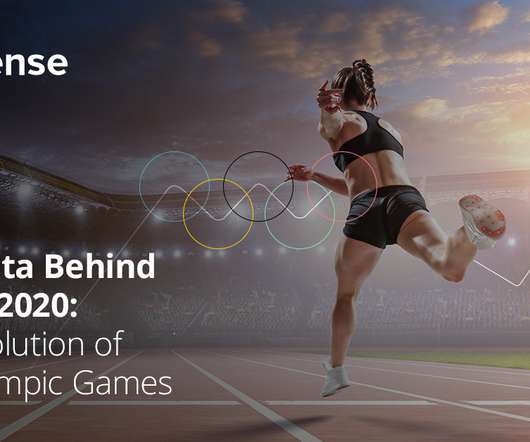Using Artificial Intelligence to Make Sense of IoT Data
BizAcuity
MARCH 1, 2019
There is a coherent overlap between the Internet of Things and Artificial Intelligence. IoT is basically an exchange of data or information in a connected or interconnected environment. Data is only useful when it is actionable for which it needs to be supplemented with context and creativity. Future of IoT is AI.















Let's personalize your content